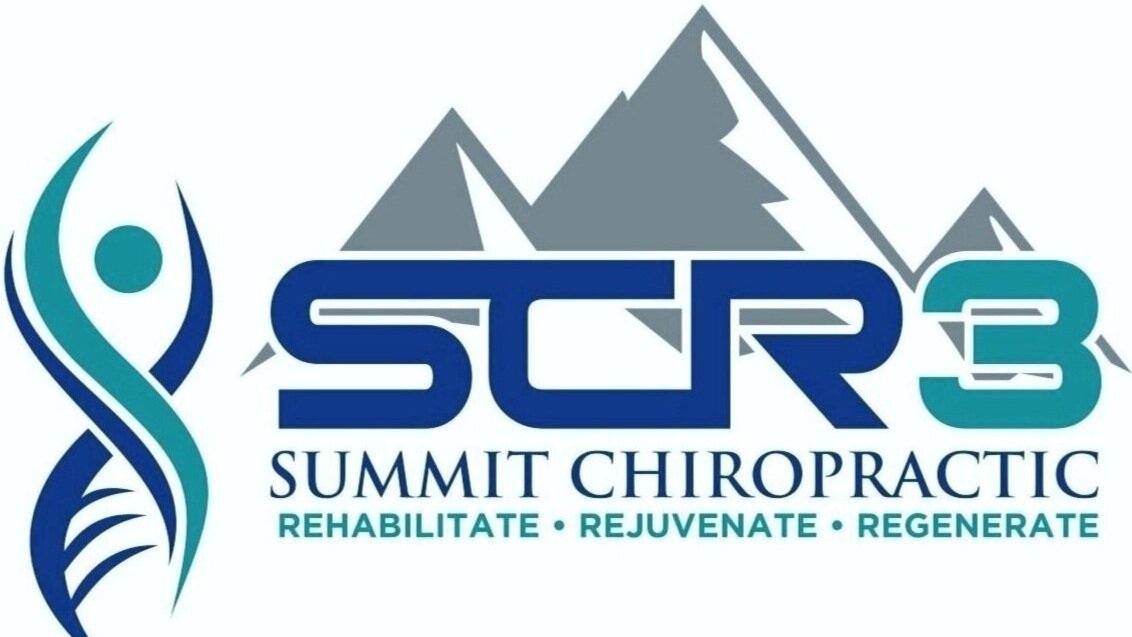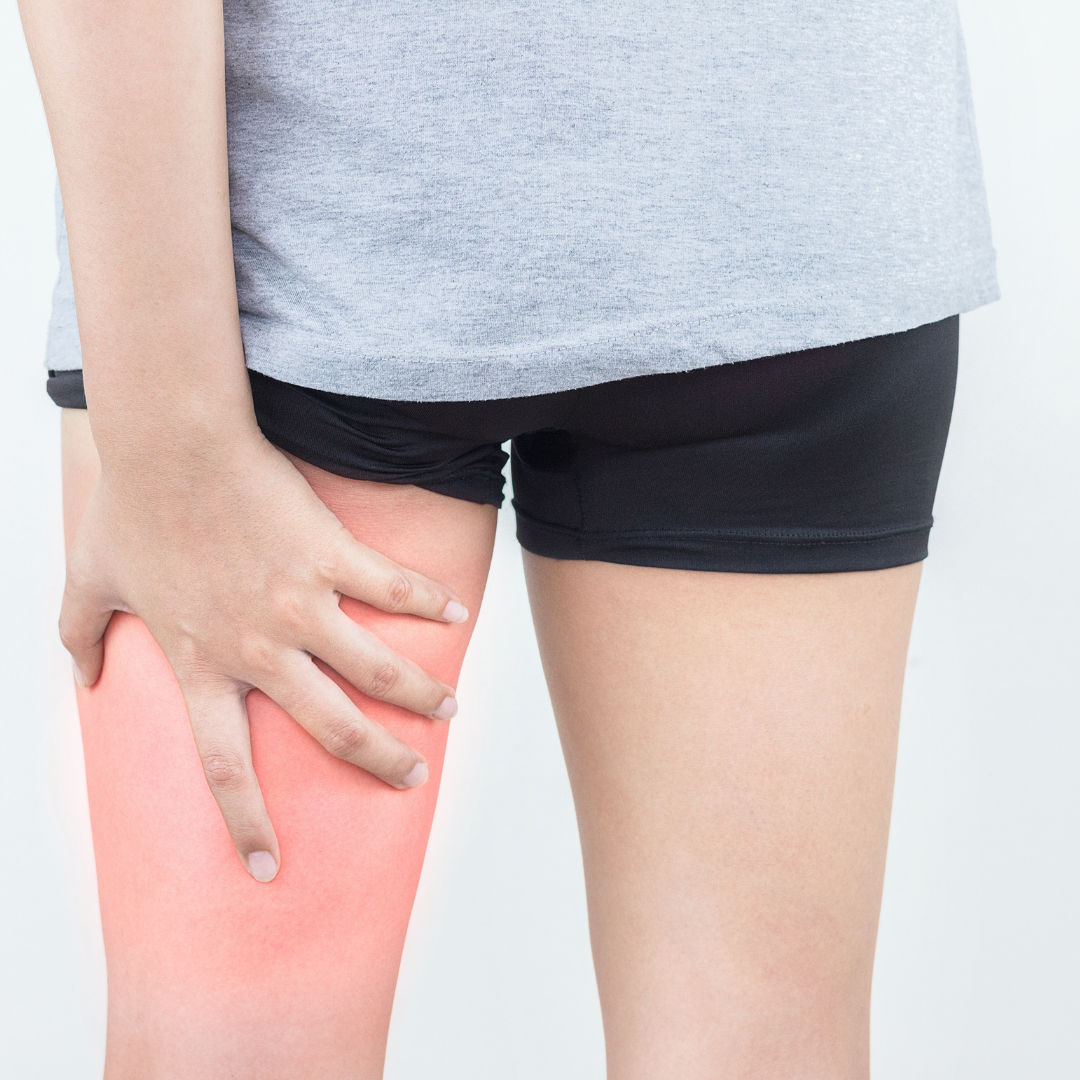
SCIATICA
Sciatica is a general term for pain along the sciatic nerve. The sciatic nerve is a larger nerve, about as thick as your thumb, which courses from your pelvis down your leg. This pain can have many different causes and subsequently many different treatment strategies, some of which are listed below.
Sciatica Pain
When dealing with sciatica symptoms, the most important aspects of care include education on why this condition is present, and the lifestyle factors that will help you get better in the long run. This along with treatments which tackle some of the issues that caused your symptoms will get you back to doing what you love.
Discogenic Sciatica
Pathology in the intervertebral disc is often associated with Sciatica symptoms. These discs lie in between the individual vertebra to assist with shock absorb and movement in the spine. However, they can also cause issues when herniations place pressure on the nerves which course down the leg. Luckily, the presence of these herniations does not necessarily mean that you will have long standing pain and disability. In fact, many people have disc herniations present in their spine with no symptoms whatsoever, and there is also a high rate of healing in these discs.
Nerve Mobility issue
A the sciatic nerve courses from the low back, all the way to its endpoints in the toes, It has to traverse through multiple anatomical tunnels composed of muscle, fascia, and other connective tissues. Sometimes nerves can get “stuck” in these tightly wound tunnels of anatomy. This can decrease the nerves blood supply and cause an alarm reaction, leading to pain. The nerve can also be shortened due to previous injury and/or sedentary lifestyle. In both of theses cases specific stretching exercises which target nerve mobility can be employed to increase the resilience and blood supply to the nerve.
Hamstring Tendinopathy
Pain down the back of the thigh can also be emanating from the muscles behind the thigh, namely the hamstrings. An unresolved hamstring strain or tendinopathy can easily mimic sciatica symptoms. For this specific cause of pain down the thigh, the best treatment is a specific loading strategy to properly rehabilitate the injury. This way we can reintroduce load in a safe way to increase its capacity and function back to normal levels.



